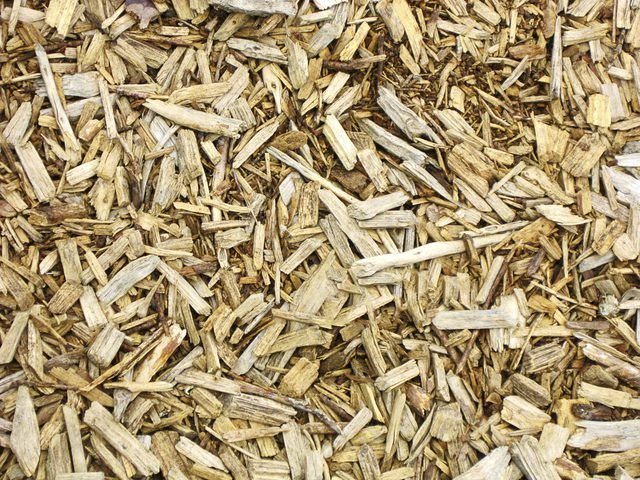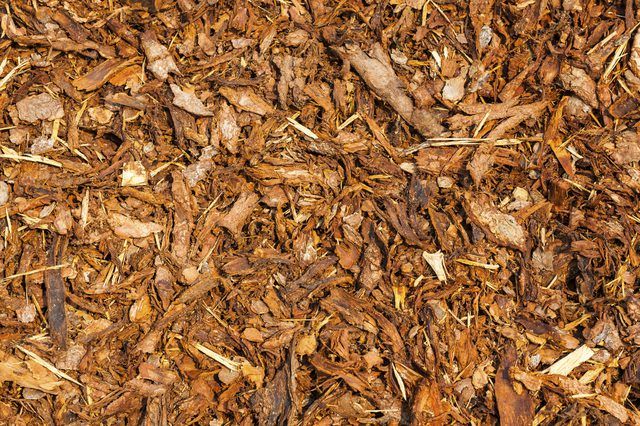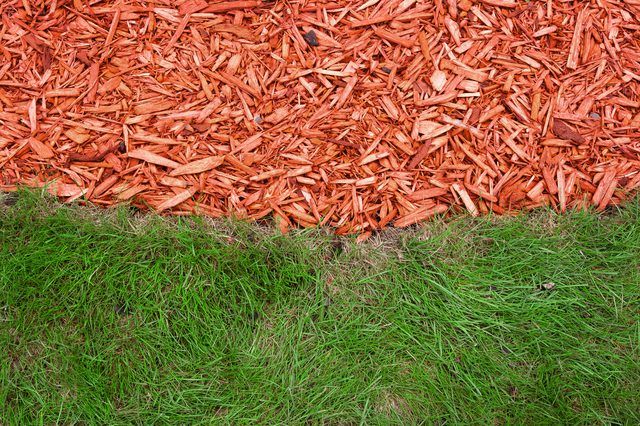Bulbs
Flower Basics
Flower Beds & Specialty Gardens
Flower Garden
Garden Furniture
Garden Gnomes
Garden Seeds
Garden Sheds
Garden Statues
Garden Tools & Supplies
Gardening Basics
Green & Organic
Groundcovers & Vines
Growing Annuals
Growing Basil
Growing Beans
Growing Berries
Growing Blueberries
Growing Cactus
Growing Corn
Growing Cotton
Growing Edibles
Growing Flowers
Growing Garlic
Growing Grapes
Growing Grass
Growing Herbs
Growing Jasmine
Growing Mint
Growing Mushrooms
Orchids
Growing Peanuts
Growing Perennials
Growing Plants
Growing Rosemary
Growing Roses
Growing Strawberries
Growing Sunflowers
Growing Thyme
Growing Tomatoes
Growing Tulips
Growing Vegetables
Herb Basics
Herb Garden
Indoor Growing
Landscaping Basics
Landscaping Patios
Landscaping Plants
Landscaping Shrubs
Landscaping Trees
Landscaping Walks & Pathways
Lawn Basics
Lawn Maintenance
Lawn Mowers
Lawn Ornaments
Lawn Planting
Lawn Tools
Outdoor Growing
Overall Landscape Planning
Pests, Weeds & Problems
Plant Basics
Rock Garden
Rose Garden
Shrubs
Soil
Specialty Gardens
Trees
Vegetable Garden
Yard Maintenance
How to Smother Weeds
You can smother unwanted weeds using layers of organic mulch, newspaper sheets covered with organic mulch or landscape fabrics.
Smothering weeds is a simple, natural way to get rid of these unwanted plants without using potentially harmful herbicides or breaking your back pulling them by hand. Smothering weeds works because the plants don't get any water or light, which they need to germinate and grow. As a bonus, the smothered weeds and the organic mulching material both add nutrients and organic matter to the soil when they decompose.
Organic Mulch

Organic mulches smother weeds and also regulate soil temperature and keep the soil moist. In addition, organic materials often host crickets and carabid beetles that eat weed seeds.
Several mulching materials make good to excellent weed-smothering materials:
Chopped leaves
Grass clippings
Seaweed
Peanut, rice and buckwheat shells
Straw
Pine needles
Shredded or ground bark
Wood or bark chips
Apply materials in layers 2 to 3 inches deep, but don't allow the mulch to touch plant stems and tree trunks or you risk smothering desirable plants or encouraging plant diseases. Replenish these mulching materials as needed to keep layers between 2 and 3 inches deep.
Tip
Smothering with mulch works best on young weeds.
Place organic mulches around cool-season vegetable plants as the need arises. If you plan to mulch around warm-season crops, wait until the soil temperature reaches at least 60 degrees Fahrenheit.
Warning
Don't make mulch layers thicker than 3 inches or you risk depriving the soil of oxygen.
Although hay is excellent for smothering weeds, it frequently contains weed seeds that can cause future problems.
Newspaper Layers Plus Organic Mulch

Placing a layer of newspaper beneath organic mulch kills weeds faster than using the mulching material alone.
Step 1: Mow and water
Mow, hoe or cut off the tops of weeds until the unwanted plants stand no taller than 1 inch. Deeply water the soil in the treatment area.
Warning
Don't till weeds or you risk spreading their seeds or rhizomes.
Step 2: Lay down newspapers
Lay down layers of newspaper 10 to 12 pages thick. Overlap the newspapers by about 2 inches so weeds can't poke up through cracks. Prevent the newspapers from blowing away by giving them a short blast of water from a garden hose.
Tip
You can use flattened pieces of cardboard in place of the newspaper.
Use only newspaper sheets with black-and-white print. Colored pages might contain lead.
Warning
Don't use paper or cardboard if it has a waxy coating.
Step 3: Apply mulch
Apply a layer of organic mulching material evenly over the newspapers. Harvest to Table suggests using an 8-inch layer of straw or 2 inches of grass clippings, but make sure your chosen material is weed-free. The Manhattan Beach Botanical Garden recommends applying a 5- to 7-inch layer of wood chips, bark or dried leaves, while Mother Earth News suggests placing a 2- to 3-inch layer of pine needles on top of the newspaper layers.
Tip
To keep existing plants healthy, leave about 3 inches of mulch-free space around small plants, 4 inches around shrubs and at least 6 inches around tree trunks.
Step 4: Water
Wet down the mulching material with water from a garden hose until it has compacted. Dampening the mulch material gives helps it decompose faster.
Step 5: Wait
Allow the smothering mulch to sit for at least one growing season. Leave it in place for a year if you're trying to smother tough perennial weeds with long taproots. Replenish the mulch, as necessary, to maintain its original thickness.
Tip
If you spot weeds poking through the mulch, pull them out by hand.
Landscaping Fabrics

Laying landscaping fabrics over weeds smothers the pesky plants while still allowing water, air and nutrients to get down to the soil. Sunset suggests using landscaping fabric in areas where you don't change plants often, such as around shrubs and trees. It's typically too labor-intensive to use the products around annual flowering plants and vegetable crops.
Lay the landscape fabric over the bed, making sure the edges overlap by at least 3 inches so weeds have no place to sprout. Cut an X in the fabric so it will go over existing plants. Anchor down the edges with landscape staples or pegs. Covering landscaping fabric with a 2- to 3-inch layer of organic mulching material makes it look more attractive and prevents the fabric from degrading in the sun.